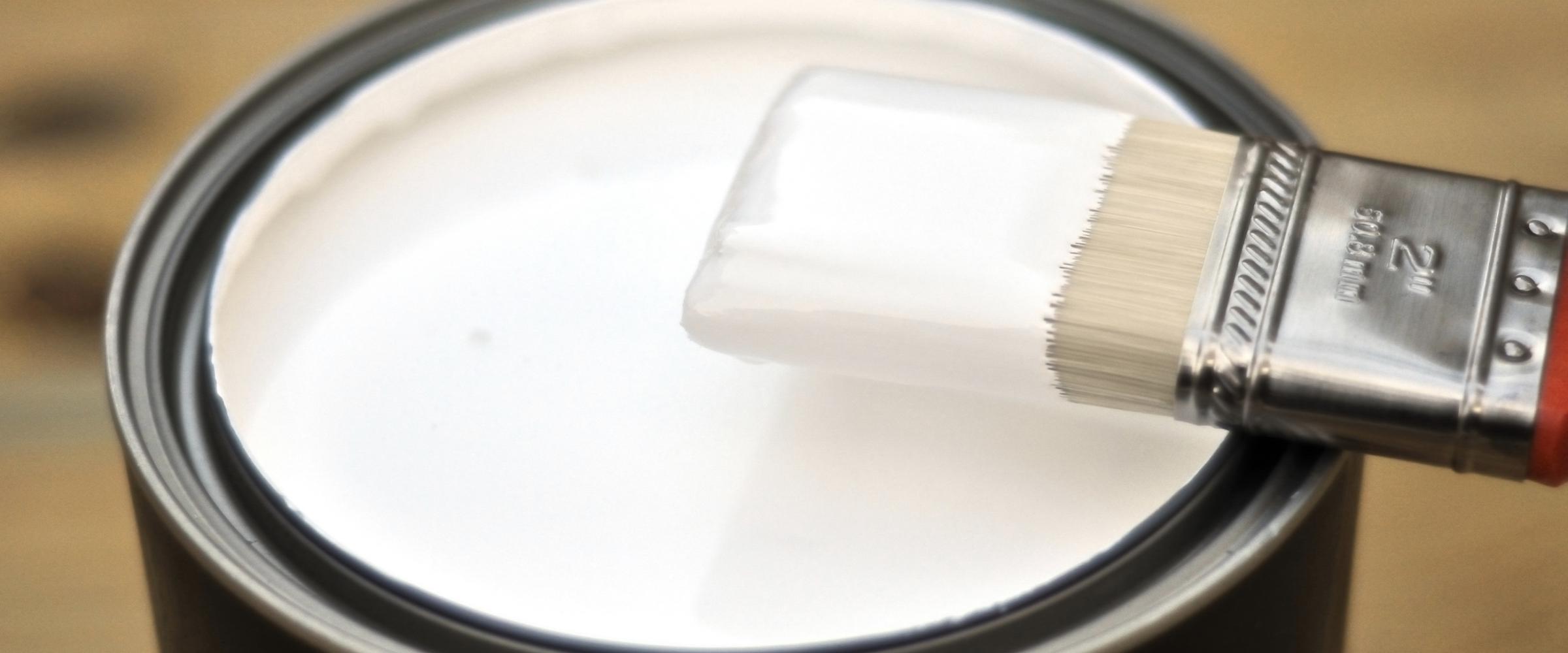Indoor Air Pollutant Sources and Exposures
 Where Does Indoor Air Pollution Come From?
Where Does Indoor Air Pollution Come From?
People are exposed to pollutants via indoor air, dust and other aerosols, and contact with indoor surfaces. The Indoor Environment Group investigates and attempts to identify and quantify pollutant sources and the physical and chemical processes that impact exposure and intake. The factors that the Group investigates include the following:
- Building materials and finishes
- Furnishings and equipment
- Ventilation approaches and outdoor air exhange rates
- Patterns of indoor airflow
- Air cleaning systems for particles and gaseous pollutants
- Temperature and humidity
- Indoor chemical reactions
- Occupant behaviors including pollutant generating activities
Formaldehyde is an indoor pollutant of concern that is emitted by multiple sources. In recent studies, our group described how hydrolysis of binders used in fiberglass ventilation filters can become a source of formaldehyde upon high relative humidities.

Cooking Emissions
Multiple sources contribute to indoor pollutant levels. Combustion sources, including natural gas powered cooking and improperly vented heating appliances, may be significant sources of nitrogen oxides (NOx), ultrafine particles and even carbon monoxide. Cooking also emits fine particulate matter, many volatile organic compounds (VOCs), and polcyclic aromatic hydrocarbons. Our group has characterized these sources and the various methods implemented to control the pollutants that are emitted from them, such as using a range hood or kitchen exhaust fan. We have a full-scale laboratory to generate cooking emissions and to measure the performance of air cleaners and ventilation at capturing those pollutants. Our work has led to the development of a test standard for measuring range hood capture efficiency.
